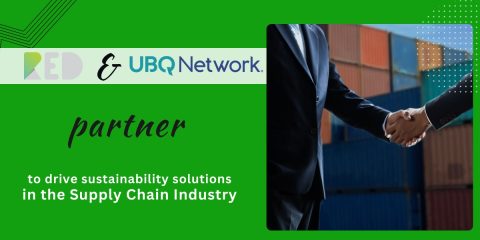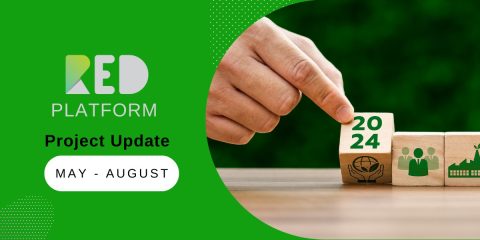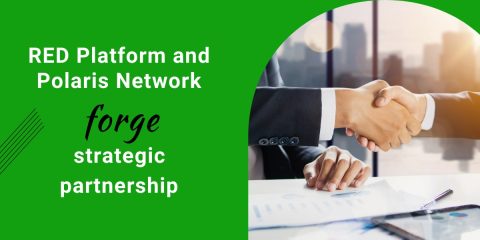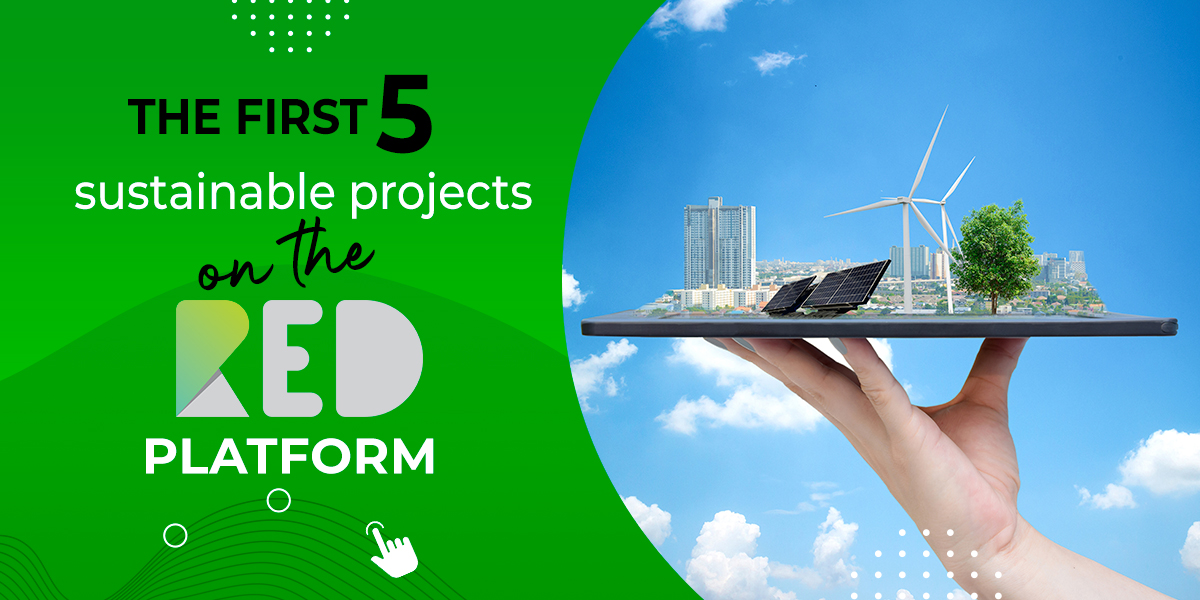
Great news coming today to our community! The first 5 sustainable projects were just published on the RED Platform. Three of these are part of the Clean Development Mechanism, a carbon offset scheme administered by the United Nations. The other 2 are part of the Biocarbon Registry and the International Carbon Registry.
We also want to remind you that project developers will be able to list on the platform sustainable projects that are already certified with an international standard, or ones that are not certified and can be registered under the RED Carbon Standard.
For sustainable projects that desire to obtain carbon credits for their activity and developments, the RED Carbon Standard comes with a simpler and more direct approach, so projects receive this certification regardless of their size, empowering project developers to contribute even more to reducing emissions.
Now that we have reviewed some aspects related to the certification of sustainable projects with the RED Carbon Standard on our platform, here are some details about the 5 projects that are already certified with international standards and are now published on the RED Platform:
Clean Development Mechanism (CDM)
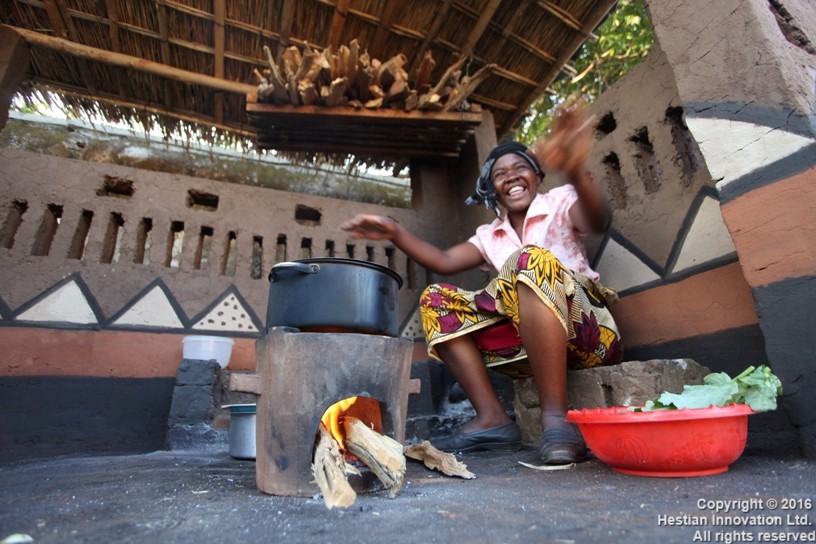
The Biomass Energy Conservation (BEC) POA is a voluntary initiative by Hestian Innovation Ltd. (Hestian) which aims to promote sustainable development and the reduction of greenhouse gas emissions from non-renewable biomass fuel through the dissemination of improved household cookstoves in Malawi and Rwanda. Each CPA will consist of a number of improved cookstoves (ICS), such as the Chitetezo Mbaula or Canarumwe stoves, or others as specified in each CPADD. The targets for indicators of sustainable development vary by country, but the overall aim of the PoA is to positively impact air quality, soil condition, quality and quantity of employment and income generation, the livelihood of the poor, access to affordable and clean energy services, human and institutional capacity, access to investment, and technology transfer and technological self-reliance.
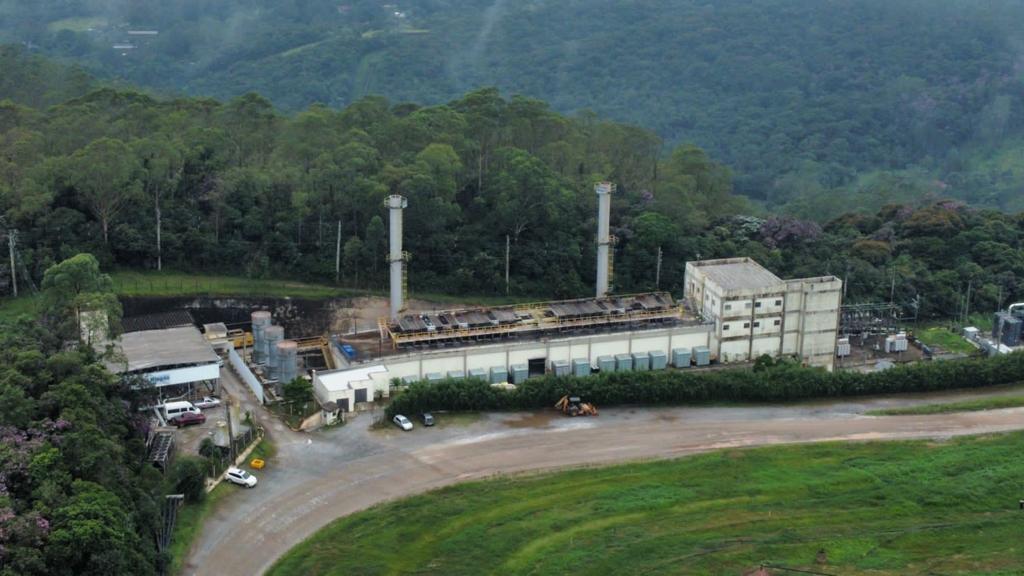
São João Landfill Gas-to-Energy (LFGE) is a project designed to explore the landfill gas produced in Aterro Sanitário “Sítio São João” – São João landfill, which is in fact one of the biggest landfills in Brazil. This landfill is located in the metropolitan region of São Paulo, Brazil’s biggest city and financial center of the country. With an estimated population of around 11 million citizens, São Paulo generates nearly 20.1 ktonnes of waste daily.
SJ’s goal is to explore the gas produced in São João landfill for electricity generation. The landfill has been designed according to modern practices and was evaluated with 8.3 (on a scale from 0 to 10) by the environmental agency of São Paulo (CETESB – Companhia de Tecnologia de Saneamento Ambiental). However, the designed solution for the landfill gas at the time of the landfill’s conception was to collect it through passive venting, occasionally flaring it at the head of the wells, which is not efficient in terms of methane destruction. This is due to the poorly constructive and operational characteristics of the wells, where there is no technique seeking efficiency in the mixture of biogas/air and the flaring time.
Aiming to explore the energy potential of landfill gas and also minimize environmental problems related to global warming, SJ was designed. The project is fully operational, composed of a flaring system, a powerhouse with 25.60 MW of installed capacity (16 engines with 1,600 kW capacity each) and a transmission system composed of two transmission lines of approximately 30 km length. The first transmission line LT-1 with 14 Km is fully operational and the second line LT-2 with 16 Km was scheduled to be operational in 2011 once some additional investments are made by the project developers. By using that transmission system, the project can dispatch energy into the Brazilian Interconnected Grid (“SIN” from the Portuguese Sistema Interligado Nacional).
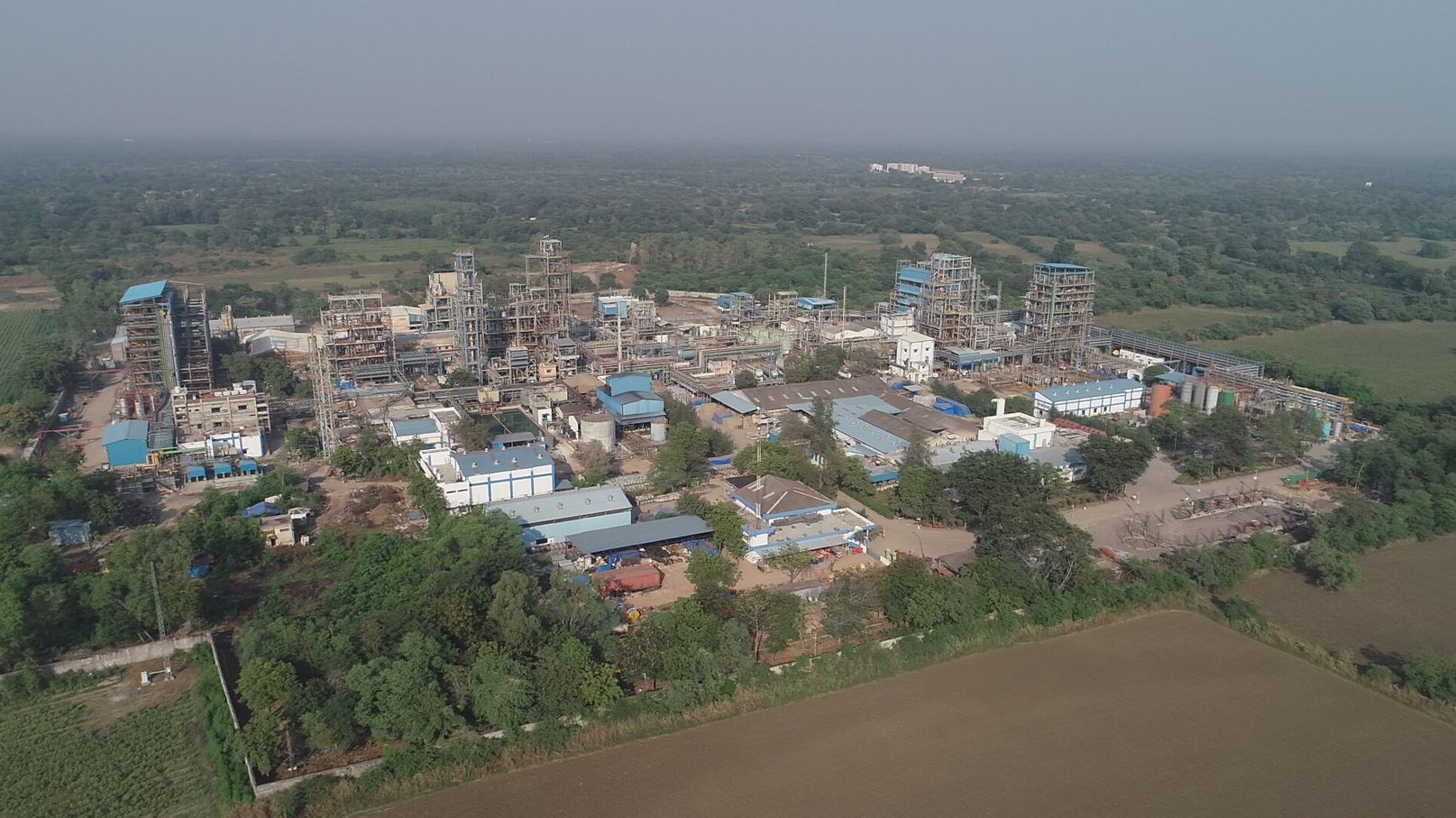
The ‘Project Activity’ includes the development, design, engineering, procurement, finance, construction, operation and maintenance of a system for thermal oxidation of HFC 23 (Chemical Formulae: CHF3) followed by treatment of combustion gasses prior to safe disposal of all emissions and discharges.
Gujarat Fluorochemicals Limited (GFL) wishes to take up thermal oxidation of HFC 23, the by-product of HCFC 22, as a CDM project on a voluntary basis. Under this project activity, GFL shall additionally install, operate and maintain an HFC23 collection and thermal oxidation system to decompose HFC23 into its combustion products. The thermal oxidation system in combination with the existing HCFC plant will enable GFL to avoid HFC23 emissions (GHG emissions), which would in the absence of the project activity have been vented to the atmosphere. The installation of a thermal oxidation facility would not only make GFL contribute to society by restricting the release of GHG but would give economic and technical benefits to the country by providing direct and indirect employment and transfer of thermal oxidation technology to the country and thus contributing to sustainable development.
Biocarbon Registry

The Project for Forestry Restoration in Productive and Biological Corridors in the Eastern Plains of Colombia has as its objective to employ the international carbon market as a key incentive for investments in new commercial forests in the remote High Orinoco region of Colombia. The project is based on changing the use of land from extensive cattle ranching to sustainable forest production systems, restoring natural forest cover, and creating a landscape of biological and productive corridors that produce financial, social and environmental services for the region.
International Carbon Registry

The main activity of Gunvor Biodiesel Berantevilla S.L. is the manufacturing and marketing of liquid biofuels. These products are used for mixing with mineral and fuel products in diffuse sectors, mainly in transport. Due to this, the activity of Gunvor Biodiesel Berantevilla S.L. is implying a substitution of fuel of fossil origin, for one of renewable and sustainable origin. This activity has, among other things, a reduction in GHG emissions associated with its operation.
So, these are the first 5 sustainable projects that will be published on the RED Platform out of the desire to offset their carbon emissions and develop along the way. We are delighted with their initiative to collaborate with the RED team, and we guarantee them a wonderful experience, supporting and offering them constant help.
Offset Your Carbon Footprint on the RED Platform
You can find more information about the projects, as well as purchase carbon credits on the RED Platform where you can create your own account. By creating your own account, you get the opportunity to access our Carbon Credits Marketplace.
These projects bring the opportunity to offset your carbon footprint directly through the RED App using carbon credits from certified sustainable projects and receive a Sustainability Certificate as both NFT and pdf to share with your clients, friends and family and encourage them to become green.
When you chose to offset with one of the projects on the platform, your Sustainability Certificate will also contain information about the project you have supported by purchasing carbon credits. The entire process remains registered on the blockchain.
The process is simple, all you need to do is follow these steps:
- Make sure you have enough MWAT in your account to stake for the GTK you purchase from the projects and for the Sustainability Certificate Generation. If you desire to purchase more, you can do so on the RED Exchange or directly with your credit card.
- Access Carbon Credits Marketplace and purchase the desired carbon certificates.

- Go to dashboard / Generate your Green Certificate (right side)
- Select tokenized carbon credits from the sustainability list you have purchased and fill out your details.

- Click generate and you will shortly receive an NFT Sustainability Certificate in your RED Wallet.

Having said that, we encourage companies to join the RED Platform and start their journey towards a greener future by reducing emissions. Join now: https://app.redplatform.com/.
